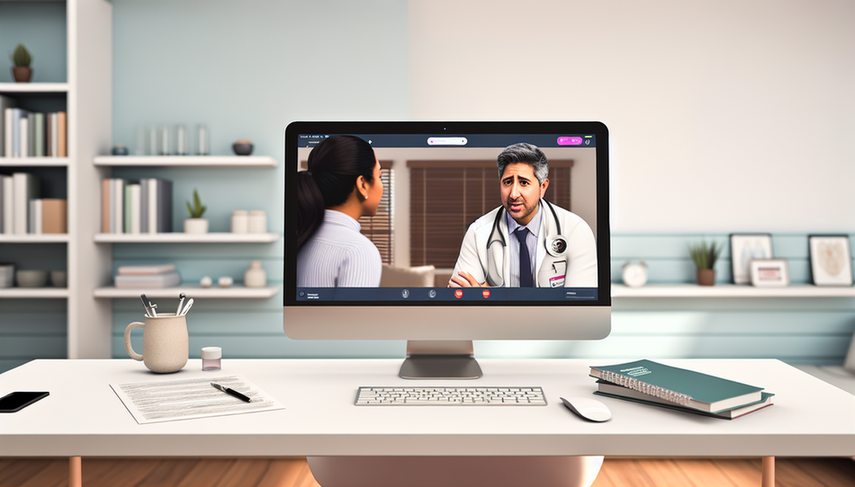Telehealth Platforms and Virtual Exams: Enhancing Remote Diagnosis with Support Services for Medical Professionals

Telehealth platforms and virtual exams have emerged as crucial tools in the medical field, especially during pandemic times. These platforms have not only enabled the continuity of medical care but have also enhanced remote diagnosis by integrating support services that facilitate patient assessment and follow-up. In this context, it is essential to explore how these technologies are transforming medical practice and the benefits they bring to healthcare.
Diving into the Use of Telehealth Platforms
Telehealth platforms have proven effective in monitoring behavioral changes during public health emergencies, as evidenced during the COVID-19 pandemic. A study on the use of mobile devices and wearables demonstrated how these technologies can quantify behavioral changes and provide a holistic view of the response to public health interventions [1]. Platforms like RADAR-base offer a viable approach to implementing early warning systems that passively assess local compliance with epidemic interventions.
On the other hand, virtual exams have been studied to determine their reliability and sensitivity compared to in-person evaluations. A recent study protocol aims to document the psychometric properties of measures used in virtual assessments of concussions in the workplace, highlighting the importance of ensuring that these remote evaluations yield results similar to in-person assessments [2].
Additionally, autonomous telerehabilitation has proven to be safe and effective for stroke patients, allowing for intensive home training without the need for direct supervision. A study on the REWIRE system showed that patients could safely conduct rehabilitation sessions with high acceptance, underscoring the potential of these platforms to complement standard rehabilitation therapy [3].
Conclusions
Telehealth platforms and virtual exams are redefining the landscape of remote diagnosis by integrating support services that enhance the accuracy and accessibility of medical care. These technologies not only facilitate the continuity of care in emergency situations but also offer new opportunities for monitoring and treating patients in remote settings. As we continue to adopt these innovations, it is crucial to keep researching and validating their effectiveness to ensure they meet clinical standards and improve health outcomes.
Referencias
- [1] Using Smartphones and Wearable Devices to Monitor Behavioral Changes During COVID-19.
- [2] Reliability and Sensitivity of a Virtual Assessment Developed for Workplace Concussions: Protocol for a Method-Comparison Study.
- [3] Autonomous rehabilitation at stroke patients home for balance and gait: safety, usability and compliance of a virtual reality system.
Created 24/1/2025
